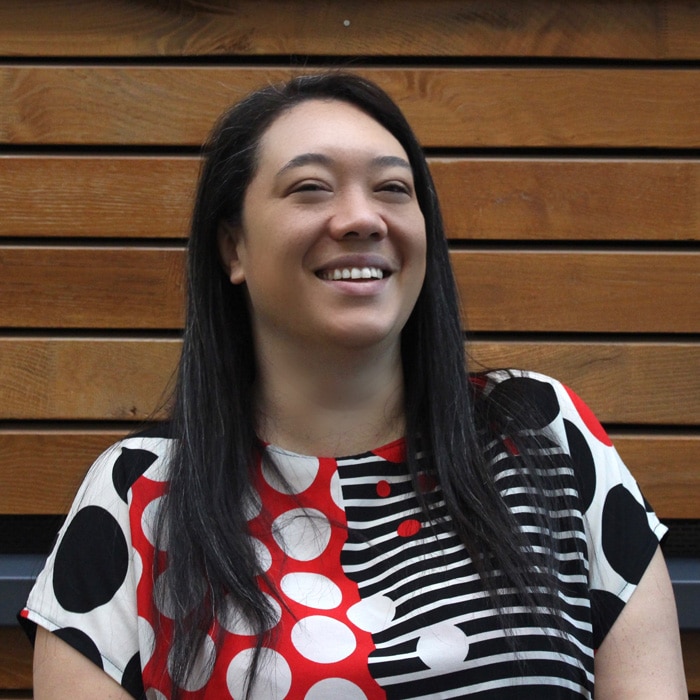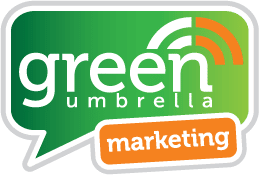Should You Implement an Email Nurture Sequence?

Should You Implement an Email Nurture Sequence?

Let’s get real – creating an email nurture sequence is not one of the most exciting marketing activities in the world. That said, it is also one of the best ways of keeping your database working for you! There are several things to consider when you’re putting a nurture sequence together, but I’m going to try and keep this as succinct as possible. So, with that in mind, let’s just cover some of the core things you need to understand before implementing this type of email marketing campaign.
What is an email nurture sequence?
Put really simply, it’s a series of emails sent to a subscriber in your database. The series is usually sent following a behaviour based trigger such as clicking on a specific link from a previous email. It’s a more personalised experience for the recipient than a drip campaign. (For clarity, a drip campaign is triggered after an action such as a subscriber being added to a list.) The campaign contains several emails that are ‘drip’ fed and is fully automated. The objective of the sequence is to take the email recipient on a journey from prospect, to lead, to conversion.
The content of each email should be designed to educate and give value. Don’t be afraid to give everything away – share your knowledge and methods within the email sequence. These emails are an opportunity to demonstrate your expertise and build trust, loyalty and advocacy within your email database.
Why would I use this email marketing strategy?
Unused data is dead data. The leads you fail to nurture often become dead leads. If there is a way for you to reach out regularly in a meaningful way to your leads that keeps them warm, why would you actively choose to not implement that strategy? Every email address in your database should be treated as a sales opportunity. The time it would take to make a call and not only identify each of those opportunities as leads but also qualify them can be greatly reduced by using email marketing techniques, meaning that you are only speaking to the leads most likely to convert. Equally, once you have established and implemented your email marketing strategy consistently, these activities also create qualified inbound leads. Imagine never having to make a cold sales call again!
This sounds good – but where do I start?
Realistically, although there are a few things to consider, we can pretty much break down the approach to creating an email nurture sequence into three steps.
- Start at the end! What do you want those email subscribers to do as a result of the communications they receive from you? Buy a product or service? Book an appointment? Request a call? Whatever the action is you want them to take, you need to be clear.
- Identify the beginning – Work out what the trigger will be. Will you send a series of email after a resource has been accessed? Or will it purely be after someone has filled in a contact form and ticked a box to signal an interest?
- Think about all the questions that will occur between points one and two, as well as all of the objections that might be created. List these out as these are all the key points you’ll need to address through the individual emails in your sequence.
Let’s pick up on that final point and discuss it a little further. There are going to be multiple emails in this sequence, 12, 20, possibly more! The emails might be sent anywhere from a couple of days apart to on a weekly basis. (Weekly is my personal preference!) It’s essential we get the content within these emails right.

What should be included in an email marketing sequence?
Each email in the sequence will cover a single point, and that point needs to be delivered in a way that is 100% based on offering value and not actively selling your wares! If you know the questions that are frequently asked, you can use these as the basis of your emails.
For example…
When we’re speaking to our prospects about engaging in our email marketing services, they’ll often ask about how unsubscribes are monitored. We also know that the clients who need this service are usually currently sending their marketing emails from Outlook (or similar) and simply using the BCC fields. Based on that information, we’d look to include at least one email within the sequence educating the client that sending bulk email via Outlook is a bad idea, and how using a tool like Mailchimp means unsubscribes are being managed.
Avoid selling in your email sequence – you will, of course, have subtle sales messages throughout the campaign but keep them to a minimum. We try to work on a rule where there’s only one obvious sales message per 8-10 emails as a minimum. If you can write the whole sequence without an obvious sell, that’s the ideal scenario and often the most successful!
What else do I need to know about email nurture campaigns?
I said I was going to try and keep it succinct didn’t I! There are other things to consider, and they’re things I’ve written about on the blog before under the subject of email marketing. Personalisation in your emails are important, as well as ensuring you’ve put emails together with specific outcomes in mind and designed them accordingly. Then, of course, there’s the follow-up!
Producing email campaigns that are designed to nurture your database requires time and effort as well as some detailed consideration around your sales process. If you’re reading this and feeling overwhelmed at the thought of it – but know this is something you can’t afford to not do, you know exactly where to find us!

Christina Robinson is the Managing Director of Green Umbrella Marketing. She provides Social Media Training and Coaching for a range of clients throughout the UK.
Share this!

